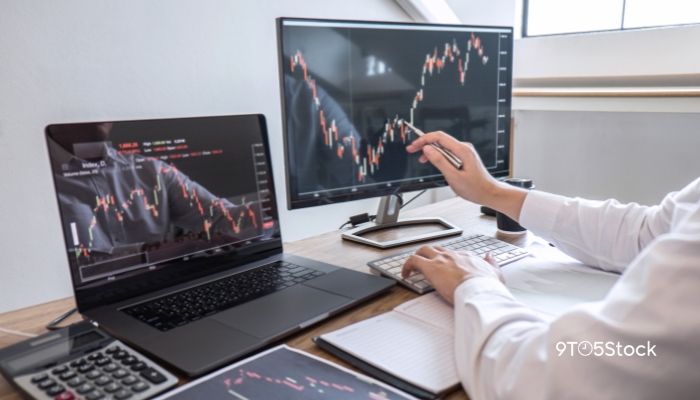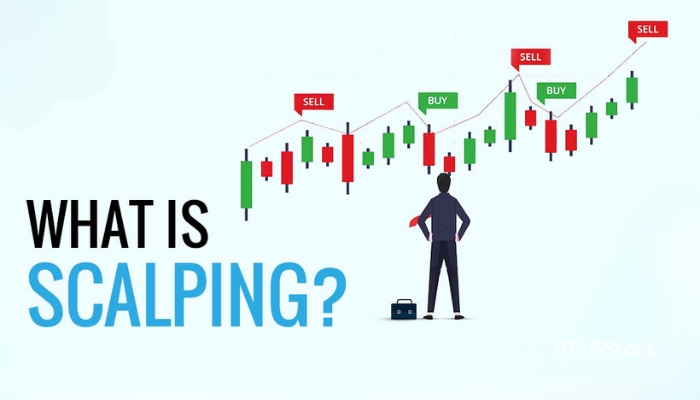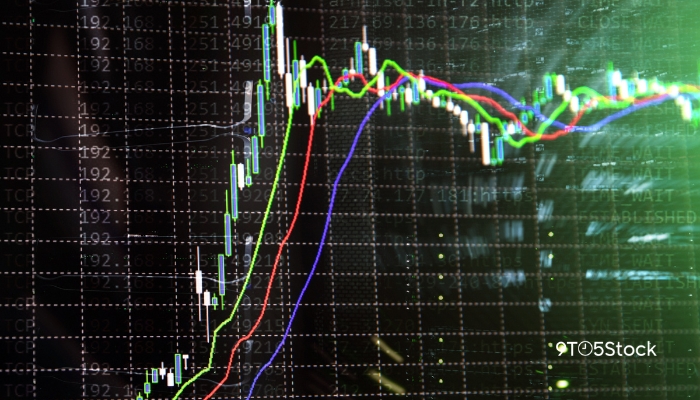Introduction
Trading involves buying and selling financial instruments like stocks, bonds, currencies, or commodities with the goal of making a profit. It requires an understanding of markets, strategies, and risk management. Strategies are crucial because they help traders make informed decisions, manage risks, and maximize profits. Without a solid strategy, trading can be akin to gambling.
What is Trading?
Trading involves buying and selling financial instruments like stocks, bonds, currencies, or commodities with the goal of making a profit. It requires an understanding of markets, strategies, and risk management.
Why Trading Strategies Matter
Strategies are crucial because they help traders make informed decisions, manage risks, and maximize profits. Without a solid strategy, trading can be akin to gambling.
Overview of Trading Strategies

Defining Trading Strategies
A trading strategy is a systematic plan that a trader follows to execute trades. It includes the rules and criteria for entering and exiting trades, managing risks, and allocating capital.
Importance of Choosing the Right Strategy
Selecting the right strategy depends on various factors such as your risk tolerance, trading goals, and the time you can commit. The right strategy aligns with your personal circumstances and market conditions.
Swing Trading

Basics of Swing Trading
Swing trading involves holding positions for several days or weeks to capture short- to medium-term gains. It relies on technical analysis to identify market trends and potential reversals.
Pros and Cons of Swing Trading
The main advantage is that it requires less time than day trading, making it suitable for those with other commitments. However, it still requires careful analysis and can be impacted by overnight market changes.
Scalping

What is Scalping?
Scalping is a fast-paced trading strategy where traders make numerous small profits throughout the day by exploiting small price changes. It requires quick decision-making and a solid understanding of market microstructure.
Scalping Techniques
Common techniques include using high-frequency trading systems, placing multiple orders simultaneously, and leveraging market inefficiencies. Scalpers often rely on sophisticated software and direct market access.
Day Trading

Understanding Day Trading
Day trading involves buying and selling securities within the same trading day, aiming to capitalize on intraday price movements. Day traders do not hold positions overnight.
Risks and Rewards
The potential for high returns is balanced by significant risks. Day trading requires substantial capital, advanced market knowledge, and the ability to handle stress and fast-paced decision-making.
Must Read: Day Trading vs. Long-Term Investing: Which Is Right for You?
Position Trading

Long-term Investment Approach
Position trading focuses on long-term market trends, with positions held for months or even years. It combines elements of traditional investing and active trading.
Position Trading in Detail
This strategy relies heavily on fundamental analysis, considering factors like economic indicators, company performance, and global events. Position traders aim for substantial gains over the long term.
Momentum Trading

Capturing Market Movements
Momentum trading capitalizes on strong price movements. Traders buy assets showing upward trends and sell those in decline, hoping to ride the momentum for profits.
Tools for Momentum Trading
Key tools include momentum indicators like the Relative Strength Index (RSI) and Moving Average Convergence Divergence (MACD). Traders also monitor trading volumes to confirm momentum.
Arbitrage Trading

Exploiting Market Inefficiencies
Arbitrage trading involves simultaneously buying and selling an asset in different markets to profit from price discrepancies. It is often used in highly liquid markets.
Types of Arbitrage
Common types include spatial arbitrage (across different locations), temporal arbitrage (across different times), and statistical arbitrage (using mathematical models to identify mispricings).
Algorithmic Trading

Role of Algorithms in Trading
Algorithmic trading uses computer programs to execute trades based on predefined criteria. It can process vast amounts of data quickly, making it ideal for high-frequency trading and arbitrage.
Benefits of Algorithmic Trading
Benefits include speed, efficiency, and the ability to backtest strategies on historical data. However, it requires significant technical expertise and can be affected by market anomalies.
News Trading

Impact of News on Markets
News trading involves making trades based on market-moving news such as economic reports, corporate earnings, and geopolitical events. Rapidly interpreting news and its potential impact is crucial.
Strategies for Trading News
Strategies include preemptive positioning, reacting to news releases, and using news sentiment analysis tools. Traders must stay informed and be ready to act quickly.
Options Trading

What are Options?
Options are financial derivatives that give the holder the right, but not the obligation, to buy or sell an underlying asset at a predetermined price. They are used for hedging, speculation, and income generation.
Strategies in Options Trading
Common strategies include buying calls and puts, selling covered calls, and using spreads and straddles to limit risk while seeking profit from price movements.
Trend Following

Basics of Trend Following
Trend following involves identifying and following the direction of market trends. Traders use technical analysis to enter trades in the direction of the trend and exit when the trend reverses.
Tools and Indicators
Key tools include moving averages, trend lines, and breakout indicators. Traders also use volume analysis to confirm trends.
Must Read: How to Predict Stock Market Trends Like a Pro in India (2024)
Contrarian Trading

Going Against the Crowd
Contrarian trading involves taking positions opposite to prevailing market trends or sentiments. The idea is to buy undervalued assets and sell overvalued ones.
Risks of Contrarian Trading
While it can be profitable, contrarian trading is risky because the market can remain irrational longer than a trader can remain solvent. It requires strong analytical skills and discipline.
High-Frequency Trading (HFT)

What is HFT?
High-Frequency Trading uses sophisticated algorithms to execute a large number of orders at extremely high speeds. It relies on powerful computers and direct market access.
Impact on Market Stability
HFT can improve market liquidity but also contribute to volatility and market disruptions. It has sparked debates on market fairness and the need for regulation.
Conclusion
Summary of Key Points
Trading strategies are diverse, each with its own set of techniques, risks, and rewards. Understanding these strategies is crucial for any trader aiming to succeed in the markets.
Choosing the Right Strategy
The best strategy depends on individual goals, risk tolerance, and resources. Experimentation and continuous learning are keys to finding the most suitable approach.
FAQs
What is the best trading strategy?
There is no one-size-fits-all answer. The best strategy varies based on personal goals, risk tolerance, and market conditions. It’s essential to research and test different strategies to find what works best for you.
How much capital do I need to start trading?
The amount of capital needed depends on the trading strategy and market. Day trading often requires significant capital due to margin requirements, while other strategies might need less. Starting small and gradually increasing your investment as you gain experience is advisable.
Can I combine different trading strategies?
Yes, many traders combine strategies to diversify their approach and mitigate risks. For example, a trader might use swing trading for some positions while also engaging in scalping for quick gains.
What are the common mistakes in trading?
Common mistakes include overtrading, not having a clear strategy, failing to manage risks, and letting emotions drive decisions. Successful trading requires discipline, a solid plan, and continuous learning.
How do I start learning about trading?
Start with the basics: read books, take online courses, and follow financial news. Practice with a demo account before risking real money. Joining trading communities and learning from experienced traders can also be beneficial.
Disclaimer: The information provided in this article is for educational purposes only and does not constitute financial advice. Trading in financial markets involves significant risk and may not be suitable for all investors. Before engaging in any trading activities, it is essential to thoroughly research and understand the risks involved.
Always seek the advice of a qualified financial advisor or professional before making any investment decisions. Past performance is not indicative of future results. The strategies and techniques discussed in this article are intended to provide general information and should not be relied upon as a sole basis for making trading decisions. The author and publisher of this article are not responsible for any losses or damages incurred as a result of trading based on the information provided.
Hello guys! My name is David Wilson, and I'm a passionate stock market enthusiast and the founder of 9to5Stock. With a deep understanding of market dynamics and a commitment to empowering others, I share valuable insights, strategies, and updates to help investors like you make informed decisions and achieve financial success. Welcome to our community, and let's thrive together in the world of investing!
